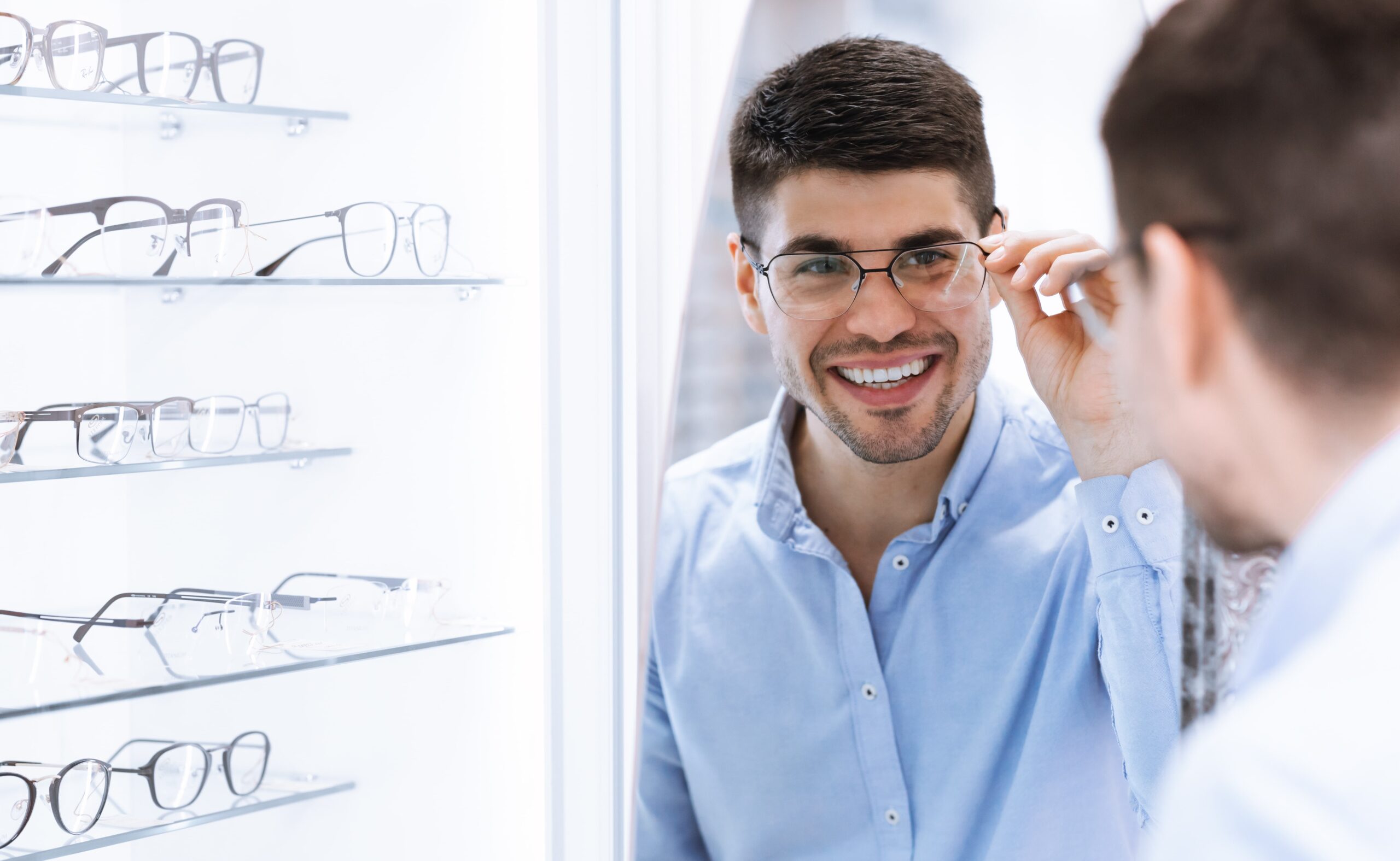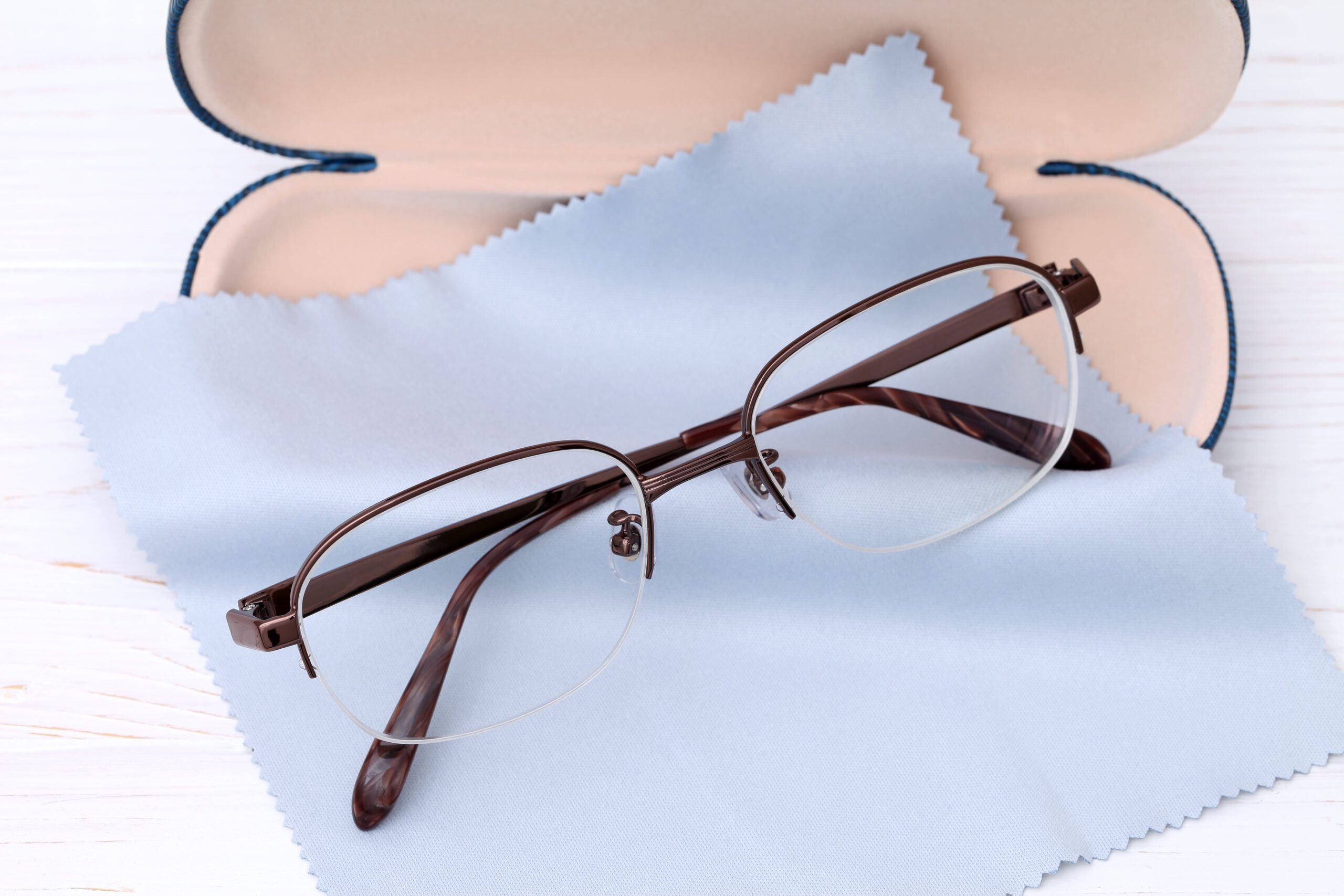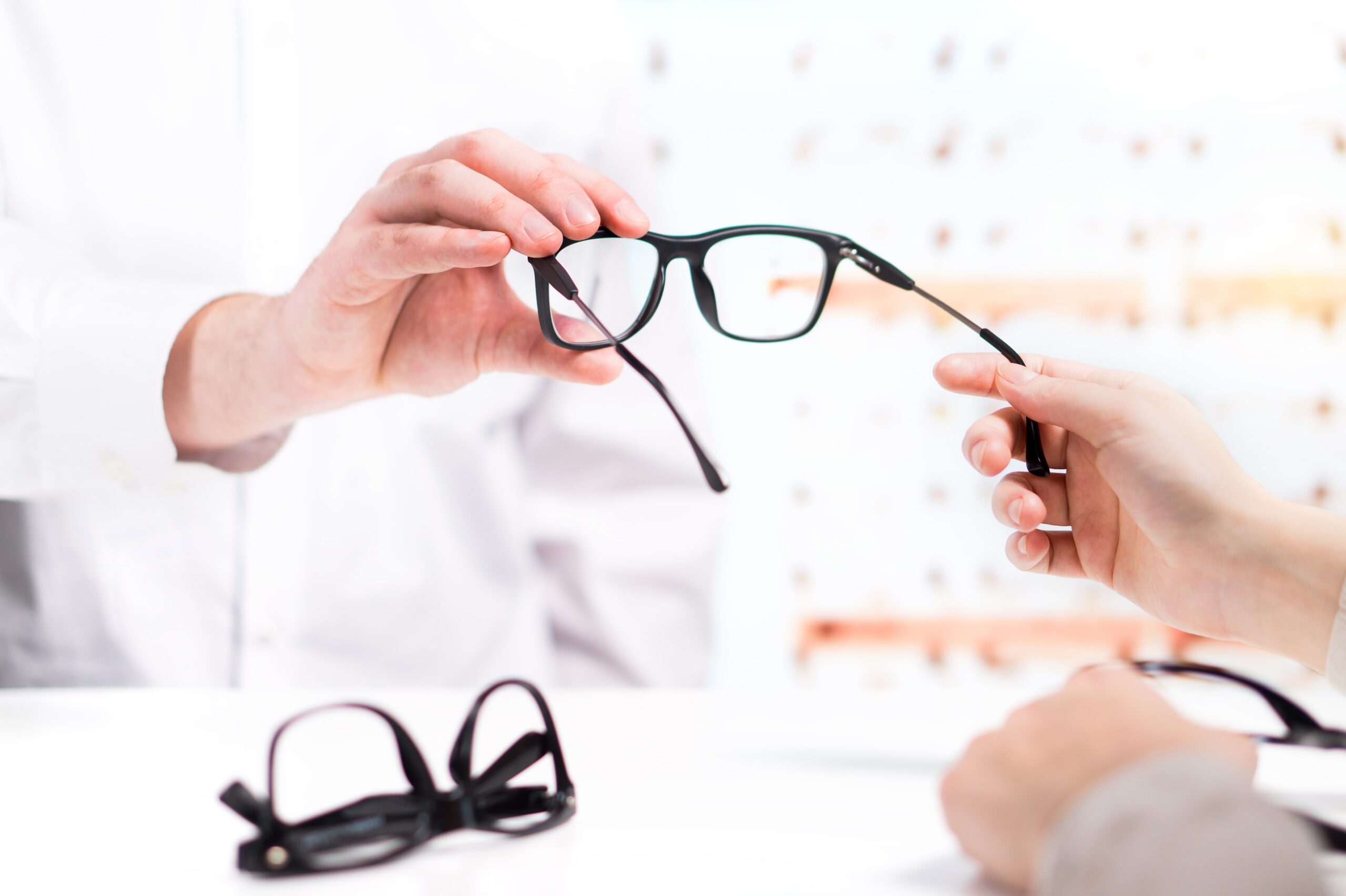Optical Boutique

Frames
Most eyewear retailers carry a range of generic, “brand-name” eyeglass frames made by a few large manufacturing companies, rather than by the actual brand’s designers. At Eyes in the ‘Burg, we have a passion for offering a collection of spectacle frames from independent eyewear designers and manufacturers. We work hard to bring you fashion-forward frames with unique shapes and construction that are both beautiful and made to last. We believe that eyeglasses are art for your face. We have a wide variety of prescription eyewear that will accommodate any preference. Our opticians will discuss your lifestyle needs, help you pick out the best frames and lenses for you, and answer any questions you have along the way.
Oftentimes our recommendations will include multiple pairs of glasses. Typically, one pair of eyeglasses simply can’t do it all. How many pairs of shoes do you own? Chances are you own at least 5 pairs of shoes. You wouldn’t wear dressy shoes to the gym or your running shoes for an elegant event. The same should be said for eyewear. Having at least two pairs of glasses should not be considered a luxury, as each pair has its place and purpose that surpasses style. Aside from the obvious—having a backup pair in case the first pair gets lost or damaged—there are many other reasons why a second (or third) pair of glasses is necessary. From prescription sunglasses, sport or performance glasses, computer glasses or a gorgeous pair for a night out on the town.
Lens Treatment and Options
At Eyes in the ‘Burg we take pride in offering you the best lens options available to both protect your eyes and maximize the quality of your vision. We partner with Carl Zeiss of Germany, the world’s leading manufacturer of precision optics. Zeiss combines technical expertise and innovative ideas into exceptional visual experiences. Some of the treatments that we often recommend for your eyewear include photochromic lenses, blue light protection, and anti-reflective treatment. We will also recommend different materials and lens designs options to meet your prescription and individual lifestyle needs.
Polarized sunglass lenses reduce light glare and eyestrain. Because of this, they improve vision and safety in the sun. Polarized lenses have a special chemical applied to them to filter light. The chemical’s molecules are lined up specifically to block some of the light from passing through the lens. Think of it like a miniblind hanging in front of a window. Only light that passes through the blind’s openings can be seen. With polarized sun lenses, only light rays that approach your eyes vertically can fit through the openings. The lenses block all the horizontal light waves bouncing off of smooth surfaces, such as a pond or car hood. People who use polarized sunglasses often say they are less tired than usual after hours of battling sun glare.
Anti-reflective (AR) treatments improve vision through your lenses while also reducing eye strain and making your eyewear look more attractive. This treatment reduces reflections on your lenses, allowing your eyes to see and be seen. Since more light is reaching your eyes and you aren’t as distracted by reflections on your lenses, your vision is optimized and your eye strain is reduced. One of the most significant benefits of AR treatment on your spectacles lenses is safer night driving, with less halo effect around lights.
Our lives are becoming more and more digital. We work, play, learn and shop online wherever we are. With this lifestyle change, we rely on our eyes more than ever before. This means that, besides the potentially harmful blue light exposure from the sun, we’re also more vulnerable to artificial blue light. Blue light protection on your lenses reduce excess blue light from reaching your eyes, protecting you from digital eye strain and interrupted sleep cycles.
Photochromic lenses
Photochromic lenses are eyeglass lenses that stay transparent indoors, but darken when exposed to ultraviolet light from the sun. Photochromic molecules on the lens react to light and change their structure, causing the lens to darken. These molecules are sensitive to both the presence and amount of UV light. Photochromic lenses darken in 30-60 seconds on average when exposed to UV light. To clear, they take a bit longer: 2-3 minutes is normal. The rate at which the lenses darken or clear up is also impacted by temperature. When it’s colder, the lenses tend to darken more fully but also take longer to clear up. When it’s warmer, they may not darken quite as much but will clear up more quickly.
Progressive Lenses allow multiple vision fields to be incorporated into a single lens without any clear distinction between the fields themselves. This is why progressive lenses are often referred to as “no-line” bifocals or trifocals. Progressive lenses are ideal for patients who have presbyopia—a vision condition marked by a decrease in the ability to focus sharply on near objects. As we age, our ability to see nearby objects and objects in the distance can decrease. Progressive lenses address separate visual needs in one lens—usually with a “distance viewing” field built into the upper portion of the lens, and a “near vision” field built into the lower portion. Unlike traditional bifocals or trifocals, there are no visible lines separating the different fields of a progressive lens.
Caring For Your Eyewear


In addition to a protective case, you will receive a complimentary bottle of lens cleaner and cloth at your dispensing visit. If your lenses become especially dirty, you can gently rub them clean with your fingers using warm, soapy water. Rinse them, and then pat them dry with a clean, soft cloth. Avoid using household cleaners, acetone or soaps with cream, as these chemicals may damage your lenses or frames.
When setting your prescription eyewear on a table or desk, it’s best to close your frames first before laying them down. Always set them frame-side down to avoid scratching the lenses. It is never a good idea to put your glasses on the floor or a seat.

We suggest using both hands when putting on and taking off your glasses, to avoid twisting or misaligning them. Storing eyeglasses on your head can also stretch and misalign them. Periodically check your eyeglass frames to see if they are misaligned or have any loose screws. If your frames look twisted, or if your lenses seem to ride uneven on your nose, then it’s time to stop by our office for an adjustment. Even a slight adjustment can make an important difference in your sight.











